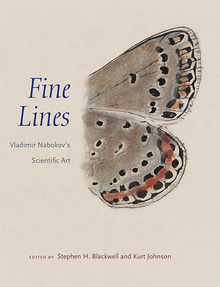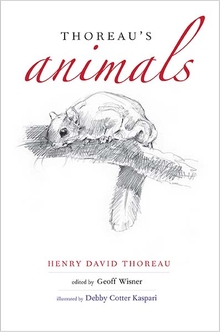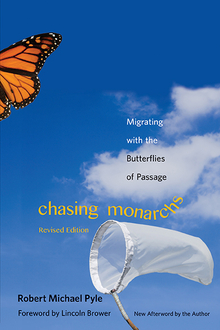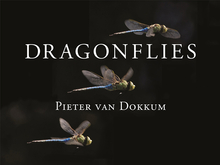Galápagos
WARNING
You are viewing an older version of the Yalebooks website. Please visit out new website with more updated information and a better user experience: https://www.yalebooks.com
The Islands That Changed the World
Second Edition
Principal Author: Paul D. Stewart; Co-authors: Godfrey Merlen, Patrick Morris, Andrew Murray, Joe Stevens, and Richard Wollocombe; Foreword by Richard Dawkins
"This engaging book provides a well-written and beautifully photographed guide to the social, geological, and biological history of the archipelago, and contains an impassioned plea for its conservation. . . . The text is illustrated by breathtaking photographs that grace almost every page. . . . This fascinating book serves as both a lively and engaging guide to the Galápagos and a beautifully photographed coffee-table reference. It should be read by anyone with an interest in the islands, their history, and their future."—Maren N. Vitousek and Martin Wikelski, Quarterly Review of Biology
Rocky, fragile, beautiful, strange—the Galápagos archipelago is unlike any other place on earth. Its geology, its unique flora and fauna, and its striking role in human history intersect in surprising and dynamic ways. This book is the most wide-ranging and beautifully illustrated book available on the famous islands. Not since Darwin’s Naturalist’s Voyage has a book combined so much scientific and historic information with firsthand accounts that bring the Galápagos to life.
Galápagos: The Islands That Changed the World describes how tragedy and murderous pirates curtailed settlement of the islands and how the islands’ pristine nature, spectacular geology, and defining isolation inspired Darwin’s ideas about evolution. The book explores the diverse land and marine habitats that shelter Galápagos species and considers the islands’ importance today as a frontier for science and a refuge for true wilderness. The book’s extensive gazetteer provides details about endemic plants and animals as well as travel advice about visitors’ sites, diving, photography, when to go, and what to take. Vividly illustrated throughout, this guide is an indispensable reference for natural history enthusiasts, armchair travelers, and island visitors alike.
"I have been to the Galapagos and as I read this book I found myself 'walking the paths' again. Stewart offers an enjoyable and complete overview of the islands."—Noble Proctor, author of A Field Guide to North Atlantic Wildlife
Publication Date: February 28, 2007
152 color, 2 b/w








